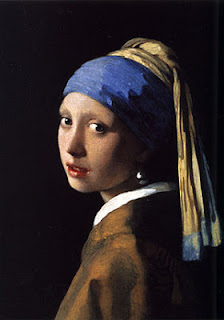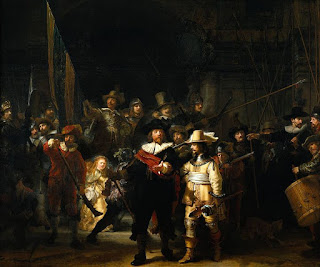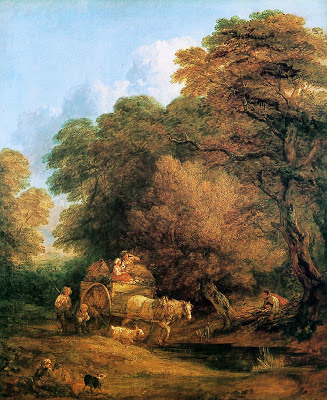 |
| Girl with a Pearl Earring-1653 |
Vermeer is somewhat of a mystery to the world as no pictures or detailed records can be found. We do know that he was born as a son to an inn keeper and had his earliest experiences serving spirits. He lived most of his life in the Delft which has a population of about 25,000 people. In 1653 he married the wealthy Catharina Bolnes and converted to Catholicism. As the town was predominately Protestant they attended two hidden churches near their home. Due to war between France and the Netherlands it is believed he died at 43 due to stress and piling debt which he could not overcome due to dropping business opportunities.
Like the girl in the picture the pearl has been associated with something rate, precious and beautiful. The real pearls at the time of the painting came from the shelled molluscs and not the modern pearl farms that exist today. The gem is made of calcium carbonate and conchiolin and was considered so rare that hundreds of thousands of molluscs were killed before even one was found. Its scarcity made it more valuable.
Around 2,300 BC there have been accounts of pearls as gifts in ancient Chinese text and society. The pearls were so popular and associated with one's status that wearing them as an undeserving person in the ancient Roman world would get one into trouble. To the Greeks pears were perfect for weddings and thought to bring love. Pearls in the Arabic culture were associated with paradise and achievement of bliss.
There is little doubt that the girl in the picture is young. She is about the age where marriage is likely to take place. Her fascination with the pearl appears to coincide with a feeling of her being special. The charms still attracts ladies of all ages today. She is seen as flirting with the picture with her gaze long and drawn out. It is a picture where the charms of youthful innocence are about to be given into the adult path. One must wonder if she or the pearl itself is priceless?

